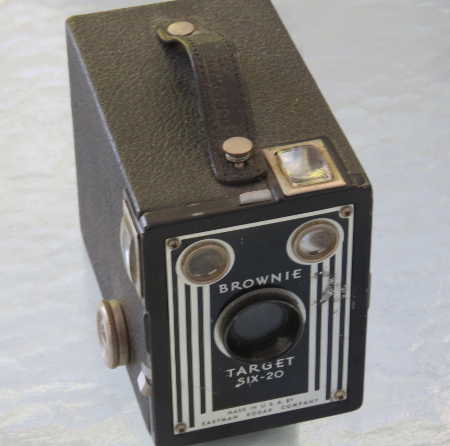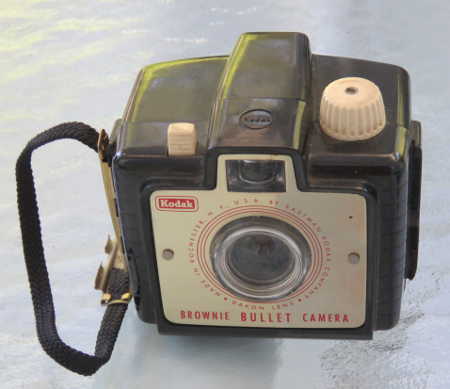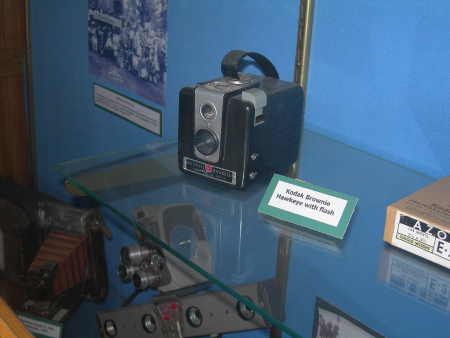
“You don’t take a photograph, you make it.” – Ansel Adams, 1902-1984
“Photography takes an instant out of time, altering life by holding it still.” – Dorothea Lange, 1895-1965
LAKE COUNTY, Calif. – How old do you have to be to recall using the venerable Brownie camera?
Like many folks, that was my first camera. Didn't you just love the explosion, then heat, then melt of a flash-bulb?
Brownie cameras were produced by Eastman Kodak, beginning in 1900. The Brownie was innovative in that it utilized the “snapshot” method of photography, and was low in cost, making photography enjoyable and affordable for the public.
The camera's moniker was derived from a popular cartoon by Palmer Cox, a Canadian whose protagonists were “brownies” or fairy-like creatures.
The wildly popular camera sold about 150,000 cameras in its first year.
The Brownie cameras were geared by public relations departments toward Boy Scouts and children in general, then for soldiers to take to war.
Many models of Brownie cameras were manufactured over the years.
The original model Brownie listed for sale at $1. In 1901 the aptly named No. 1 Brownie made its debut, and still cost consumers $1. In 1910 the No2A Folding Pocket Brownie retailed at $7.
Prices of the Brownie camera fluctuated with the times. In 1911 a Brownie No. 2A, a Box roll film camera cost the public $3.

The line of Brownie Number 2s was produced by Eastman Kodak Co. from 1901 to 1935.
The Brownie Target Six-20 was introduced in 1941 and was manufactured until 1952. It used a roll film called 620, and produced an image 21/2 by 31/4 in size.
Brownie cameras took many forms and used different materials in the manufacture process. They started out using cardboard, and graduated on to being fabricated with aluminum.
With the camera's popular use in our culture came photography as a hobby, profession and tool.
The camera's creative uses, from aesthetically framed art photos, to selfies taken on a cell phones, to NASA's planetary shots – and beyond – are all techniques derived from the past's commonplace cameras, like the Brownie.
For a list of George Eastman Brownie cameras visit http://www.geh.org/fm/Brownie/htmlsrc/index.html .
Kathleen Scavone, M.A., is a retired educator, potter, writer and author of “Anderson Marsh State Historic Park: A Walking History, Prehistory, Flora, and Fauna Tour of a California State Park” and “Native Americans of Lake County.” She also writes for NASA and JPL as one of their “Solar System Ambassadors.” She was selected “Lake County Teacher of the Year, 1998-99” by the Lake County Office of Education, and chosen as one of 10 state finalists the same year by the California Department of Education.


 How to resolve AdBlock issue?
How to resolve AdBlock issue? 



